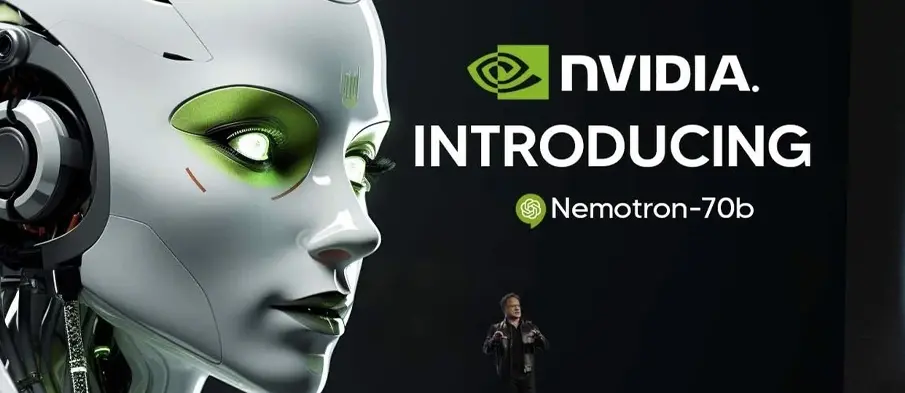
Nvidia has introduced its latest fine-tuned large language model (LLM), the Llama-3.1-Nemotron-70B-Instruct, which is said to outperform well-known models like OpenAI’s GPT-4o and Anthropic’s Claude 3.5 Sonnet in several key benchmarks. This innovative LLM is tailored to deliver high-quality responses to a range of inquiries, including general questions and coding tasks.
The Nemotron model, built on the Llama 3.1 architecture that utilizes transformer technology, boasts 70 billion parameters, allowing it to produce coherent and human-like text. It has achieved remarkable scores on alignment benchmarks, such as Arena Hard (85.0), AlpacaEval 2 LC (57.6), and GPT-4-Turbo MT-Bench (8.98), demonstrating its superiority over GPT-4o and Claude 3.5 Sonnet across multiple metrics, all while maintaining a smaller footprint.
Nvidia has open-sourced the Nemotron model, including its reward model and training dataset, on Hugging Face, providing developers the opportunity to experiment with it in preview mode on the company’s official website. This release highlights Nvidia’s dedication to creating efficient, powerful models and illustrates that smaller architectures can effectively rival established players in the AI industry.





